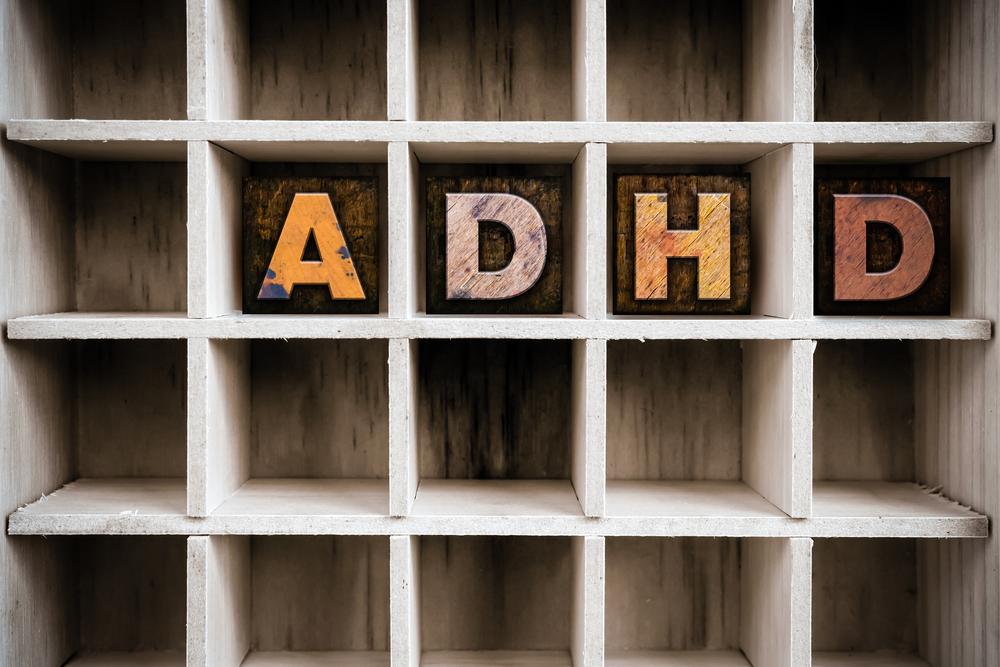Comprehensive Guide to Recognizing the Signs of ADHD in Adults and Children
This comprehensive guide explores the key signs of ADHD in both children and adults, highlighting the differences between inattentive and hyperactive-impulsive types. Recognizing these symptoms early can lead to timely intervention, improving management and quality of life. Special emphasis is placed on understanding how ADHD presents differently in women and the importance of accurate diagnosis. The article provides valuable insights for individuals, parents, and healthcare providers to better identify and address ADHD behaviors effectively.

Attention Deficit Hyperactivity Disorder (ADHD) is a neurodevelopmental condition that affects millions worldwide, influencing patterns of behavior, attention, and activity levels. Proper recognition of ADHD symptoms is vital for early intervention and effective management, helping those affected lead better lives. Diagnosing ADHD involves observing a combination of specific behaviors over a period of at least six months across different environments such as home, school, or work. This comprehensive guide aims to illuminate the key signs and symptoms of ADHD, emphasizing differences between inattentive and hyperactive-impulsive types, and highlighting the challenges in diagnosing adults, particularly women.
Understanding ADHD: Types and Diagnostic Criteria
ADHD manifests primarily in two distinct forms: inattentive and hyperactive-impulsive. Some individuals may experience predominantly one type, while others exhibit a combination of behaviors from both categories. To meet the diagnostic criteria, an individual must display at least six of nine core symptoms corresponding to either type over a continuous period of six months, and these behaviors must be evident across multiple settings—home, school, or workplace. Accurate diagnosis is essential because the symptoms often overlap with other conditions, complicating the process. Additionally, adult ADHD can sometimes be overlooked because its symptoms may differ subtly from those seen in children, especially in women, whose manifestations often include internalized symptoms like anxiety or depression.
Recognizing Signs of Inattentive ADHD
Individuals with the inattentive type of ADHD often exhibit difficulties that revolve around maintaining focus and managing tasks that require sustained mental effort. Recognizing these signs early can be instrumental in seeking professional evaluation and intervention.
Careless Mistakes and Neglect of Details: This includes frequently making errors in schoolwork, work assignments, or household tasks because of inattention rather than lack of ability. For example, overlooking important steps in a process or missing crucial details in instructions.
Difficulty Sustaining Attention: People with this tendency find it challenging to stay engaged during long tasks such as reading chapters, attending lectures, or completing lengthy projects. They may start with enthusiasm but quickly lose interest, leading to incomplete work.
Easily Distracted: External stimuli, such as noises, conversations, or movement, can divert attention easily. Even when someone attempts to focus on a task, they may find their mind drifting to unrelated thoughts or surroundings.
Struggling to Follow Instructions and Organize: Following multi-step instructions can be frustrating, resulting in tasks left unfinished or improperly completed. Organizing belongings, managing schedules, or planning activities can feel overwhelming.
Disinterest in Prolonged Tasks: Tasks like studying, preparing reports, or completing homework often seem tedious and unappealing. This is especially true among children who tend to avoid tests or lengthy assignments.
Losing Items Frequently: Keys, wallets, phones, or school supplies are often misplaced, leading to frequent frustrations and delays.
Forgetfulness in Daily Life: Routine forgetfulness—such as missing appointments, forgetting to return calls, or overdue bills—is common among those with inattentive ADHD.
Recognizing Symptoms of Hyperactive-Impulsive ADHD
The hyperactive-impulsive subtype is characterized by a pattern of excessive physical activity and impulsive behaviors that are often disruptive and difficult to control. These signs are observable both in children and adults and can significantly interfere with daily functioning.
Fidgeting and Squirming: Constant movement, such as tapping fingers, bouncing legs, or shifting in seat, indicates difficulty staying still. This restlessness often leads to leaving seats unexpectedly in class or meetings.
Restlessness and Inappropriate Physical Activity: This may include climbing, excessive talking, or engaging in physical acts that are unsuitable for the context, like running in a classroom or workplace.
Difficulty Relaxing: Those with hyperactive symptoms may find it hard to stay calm, often seeking constant activity or stimulation.
Constant Movement: An internal sense of being driven by a motor keeps them in motion, making quiet or sedentary activities challenging.
Excessive Talking and Interrupting: Difficulty controlling speech results in talking out of turn, interrupting conversations, or finishing others’ sentences.
Impulsivity: Acting without thinking, such as answering questions prematurely or jumping into others’ activities without permission, can cause social or academic issues.
Impatience and Difficulty Waiting: Frustration builds quickly when faced with delays or waiting for turns, leading to intrusions in conversations or activities.
Why Recognizing ADHD Symptoms in Women Can Be Challenging
Women with ADHD often exhibit different behavioral patterns compared to men or children. They may internalize symptoms, masking hyperactivity by appearing anxious, worried, or overly emotional. Internalized symptoms like chronic forgetfulness, low self-esteem, and mood swings are common, making diagnosis more complex. Women are also more likely to experience co-occurring conditions such as anxiety and depression, which can obscure the underlying ADHD. Therefore, self-reported checklists and comprehensive clinical evaluations are crucial for accurate diagnosis in women.
The Importance of Early Detection and Intervention
Early recognition of ADHD symptoms offers numerous benefits. It enables individuals to access targeted treatments, including behavioral therapy, medication, and lifestyle modifications, which can significantly improve focus, organization, and self-control. Early intervention can also mitigate the risk of secondary issues such as academic failure, relationship problems, low self-esteem, and mental health disorders. For adults, understanding and accepting ADHD is crucial to developing coping strategies and reducing stigma.
Conclusion
ADHD is a complex condition that manifests through a spectrum of behaviors mainly characterized by inattentiveness and hyperactivity. Recognizing the key signs—such as careless mistakes, distractibility, excessive talking, and impulsiveness—is essential for timely diagnosis and effective management. Awareness of gender differences and the unique challenges faced by women can improve diagnostic accuracy. If you or someone you know exhibits these signs persistently across different settings, consulting a healthcare professional can lead to better understanding, support, and improved quality of life.




